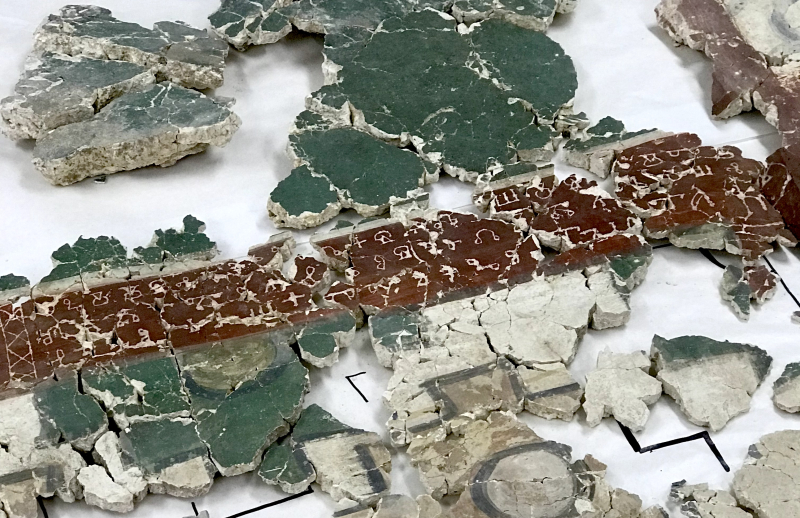The exact circumstances of the genesis of the Cyrillic writing system remain a mystery. It is usually associated with Christian saints Cyril and Methodius – two brothers from 9th-century Greece who were monks and missionaries. They were extremely well-educated, spoke many languages, and supposedly developed the Glagolitic and Cyrillic alphabets for the Slavic language in order to translate Christian texts.
Some researchers, such as Alexey Gippius, believe, however, that Cyril and Methodius only created the Glagolitic script, while the Cyrillic alphabet is the work of their students, though even in this case their influence and impact was undoubtedly massive. Once the alphabet was created, Cyril and Methodius began to use it for translation of scriptures in order to help spread Christianity among Slavic peoples.
Thanks to its simplicity, the Cyrillic alphabet is still in use today in many Eurasian countries, although it has undergone certain changes throughout the centuries.
The Glagolitic script, on the other hand, is a more mysterious subject. It came first, but never became as widespread. It was partially assimilated by the Cyrillic, which adapted some of its features. The number and the sequence of letters, as well as the sounds they represent, are pretty much the same in both alphabets. The looks, however, are completely different. If you speak Russian, you’re able to read ancient Cyrilic texts – it’s not easy, but doable – whereas the Glagolitic script is absolutely incomprehensible without specialized training. In the 11–16th centuries, it was even used as a way to encrypt texts.
Some believe that Slavic peoples had their own system of writing before the official alphabet was a thing, but this theory has little to no substantial proof. It’s possible, however, that around the 8th century Slavs may have borrowed symbols from the alphabets of foreign peoples they communicated with in order to transcribe Slavic speech. Researchers call it Protocyrillic script – протокириллица.
For more information on Russian writing, check out our article on birch bark manuscripts dating back to as early as the 11th century, and stay tuned for more related stories.




